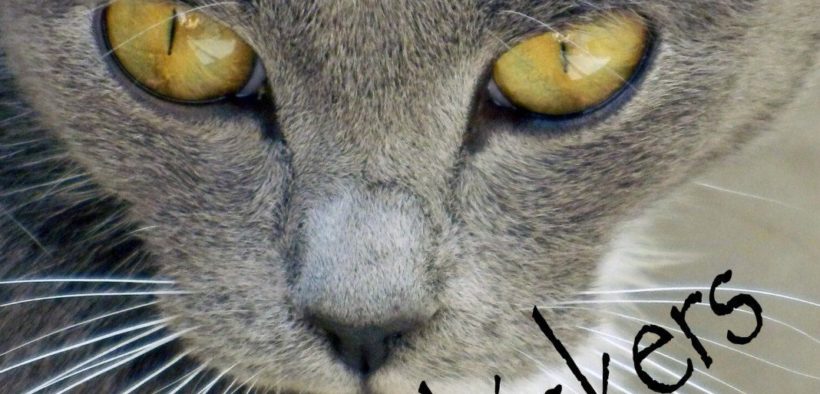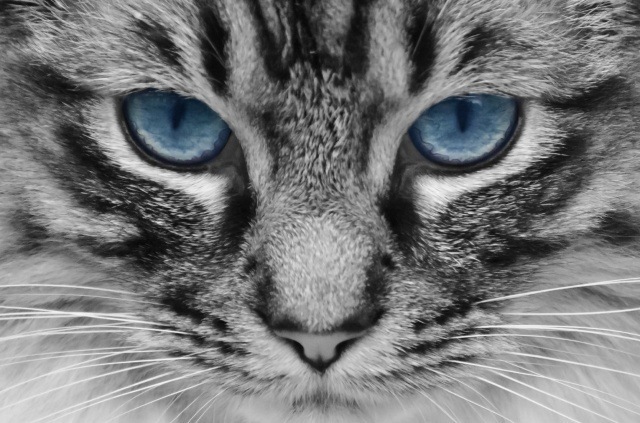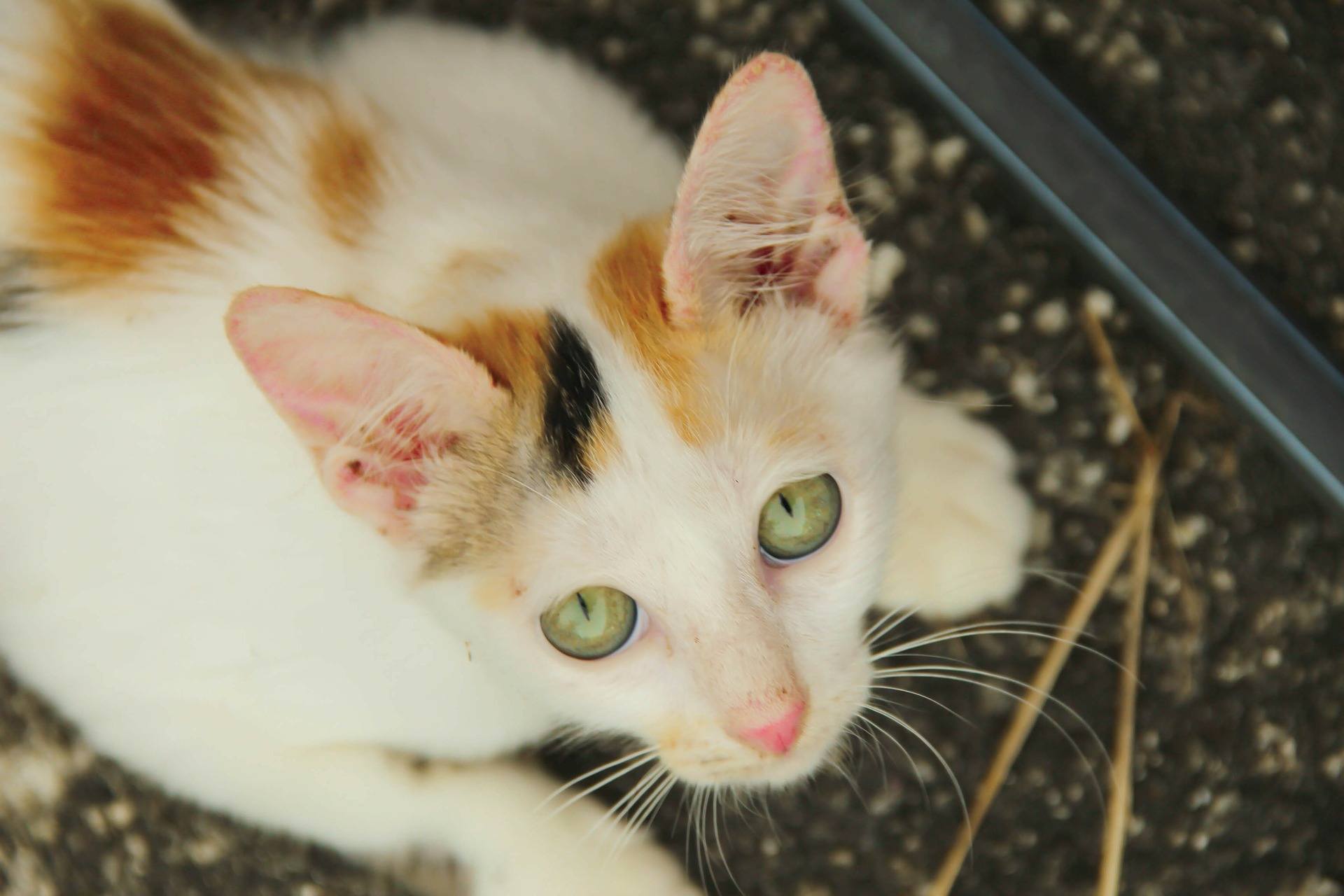5 Things You Should Know about Cat Whiskers
Share

 Whiskers, otherwise known as “vibrissae”, are on your cat’s face for more than just looks. They are finely honed tools that are important in many mammalian species; but cats find them particularly valuable for survival. For a cat, whiskers act as important navigation, hunting and communication tools.
Whiskers, otherwise known as “vibrissae”, are on your cat’s face for more than just looks. They are finely honed tools that are important in many mammalian species; but cats find them particularly valuable for survival. For a cat, whiskers act as important navigation, hunting and communication tools.
Injure a cat’s whiskers and it’s very damaging to your pet! (Remember, your Dogs Vibrissae are just as important!)
Each cat whisker is about 2-3 times the thickness of ordinary hair. They can be found on either side of your cat’s mouth, above the eyelid and even on your cat’s forelegs. These whiskers have a very rich supply of nerves and blood vessels, which is just one reason why they are so sensitive. In fact, the whiskers on your cat’s mouth are embedded to a depth of three times what normal hair reaches.
Here are five more things you should know about your cat’s whiskers:
[heading style=”1″ color=”#ff9933″ style_color=”#ff9933″]Your Cat Sheds Whiskers[/heading]
Just like other hairs on your cat, whiskers will fall out and be replaced with new ones. This is perfectly normal, so try not to worry if you find a whisker lying around the house.
[heading style=”1″ color=”#ff9933″ style_color=”#ff9933″]Your Cat Needs Whiskers to Play[/heading]
Whiskers help your cats in many ways and without them, they would be much less successful hunters. Whiskers help your cat determine where to best grab prey to for a quick death – without whiskers, your cat would not be nearly as successful as a predator. The foreleg whiskers identify how to grab prey.
[heading style=”1″ color=”#ff9933″ style_color=”#ff9933″]Whiskers Act Like Sonar[/heading]
They also act as a type of sonar and are able to detect almost imperceptible changes in air currents around objects, which helps your cat navigate in complete darkness. They also help cats maintain balance and identify prey – in fact, whiskers are one reason cats are such incredible hunters.
[heading style=”1″ color=”#ff9933″ style_color=”#ff9933″]Whiskers Help Cats Navigate Tight Places[/heading]
Look closely and you’ll see that your cat’s whiskers are nearly the width of your cat’s body. That’s because whiskers help cats determine if a space is wide enough for them to slip through and hide. As a general rule, if your cat can approach a hole in a fence that allows her whiskers to pass through safely, chances are excellent that her body will also fit through the opening. (Of course, as we all know, cats often misread this benefit and wind up in some pretty tight positions on occasion…)
[heading style=”1″ color=”#ff9933″ style_color=”#ff9933″]Your Cat Can Have Whisker Stress[/heading]
Whiskers can be a problem as well, particularly for domestic cats who are fed from a bowl. The phenomenon is called “Whisker Stress” (also known as “Whisker Fatigue”) and yes, it’s a real thing.
Whisker Stress occurs when cats are fed from deep bowls or bowls that are too small. The whiskers touch the side of the bowl and the cat reacts, just as he would if he were navigating around an object. The feeling of having their whiskers touch the sides of the bowl can be very stressful to cats and they may refuse to eat or develop eating or stress disorders that can make your life a bit miserable.
Learn more about How to Identify Whisker Stress in Cats and Cats and Whisker Stress (yes it’s a real thing).
[heading style=”1″ color=”#ff9933″ style_color=”#ff9933″]Whiskers Can Help You Understand Your Cat[/heading]
Not only are cats whiskers valuable for cats, they are also valuable for humans who want to better understand their cats. Whiskers can tell you quite a bit about how your cat’s feeling at any given moment (and whether or not it’s a good a idea to pet him!)
Here are a few examples:

This cat is very relaxed – see how her whiskers are naturally poised?

This cat is very stimulated and ready to play! See how her whiskers flow forward around her face almost forming a circle? That means she’s ready to play, pounce or maybe even attack.










